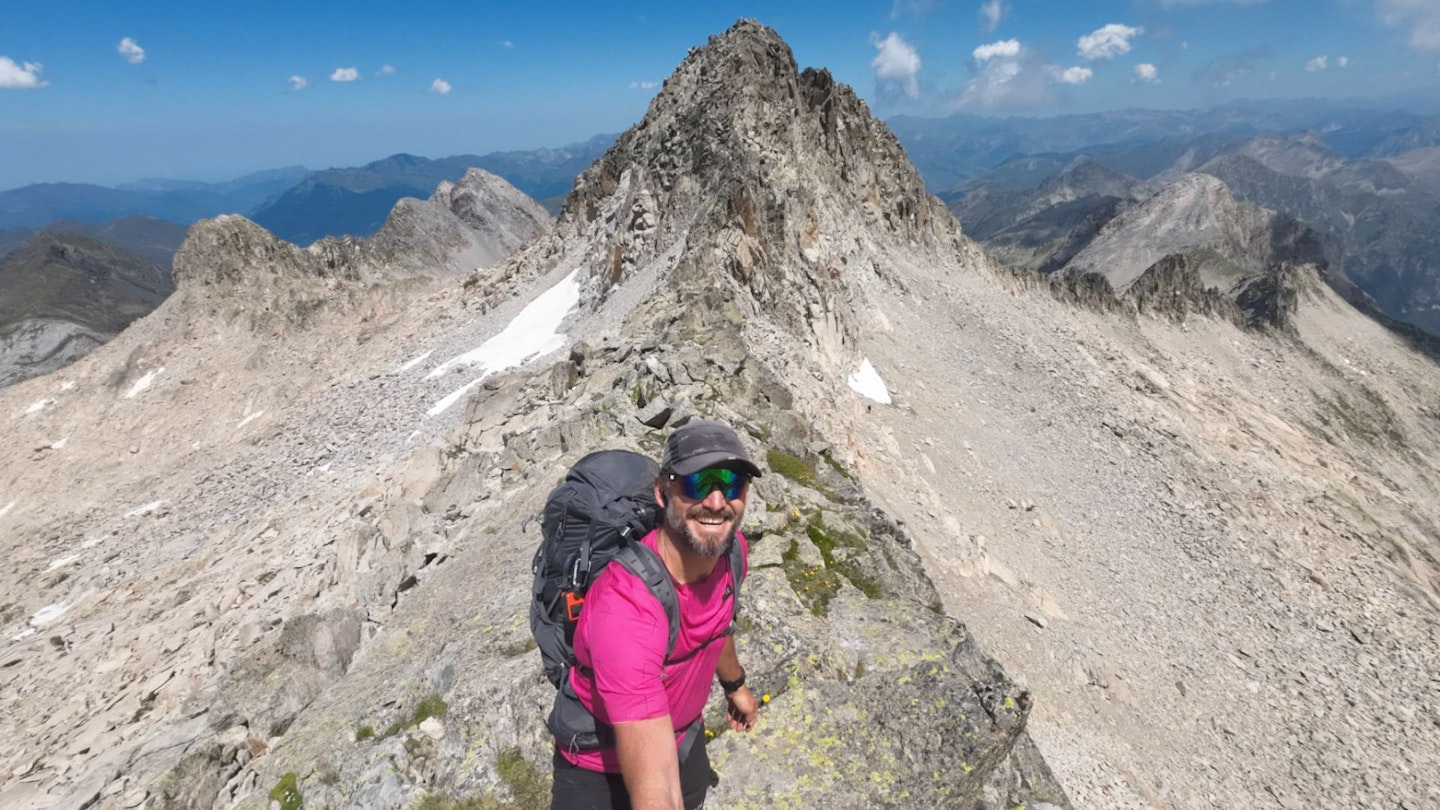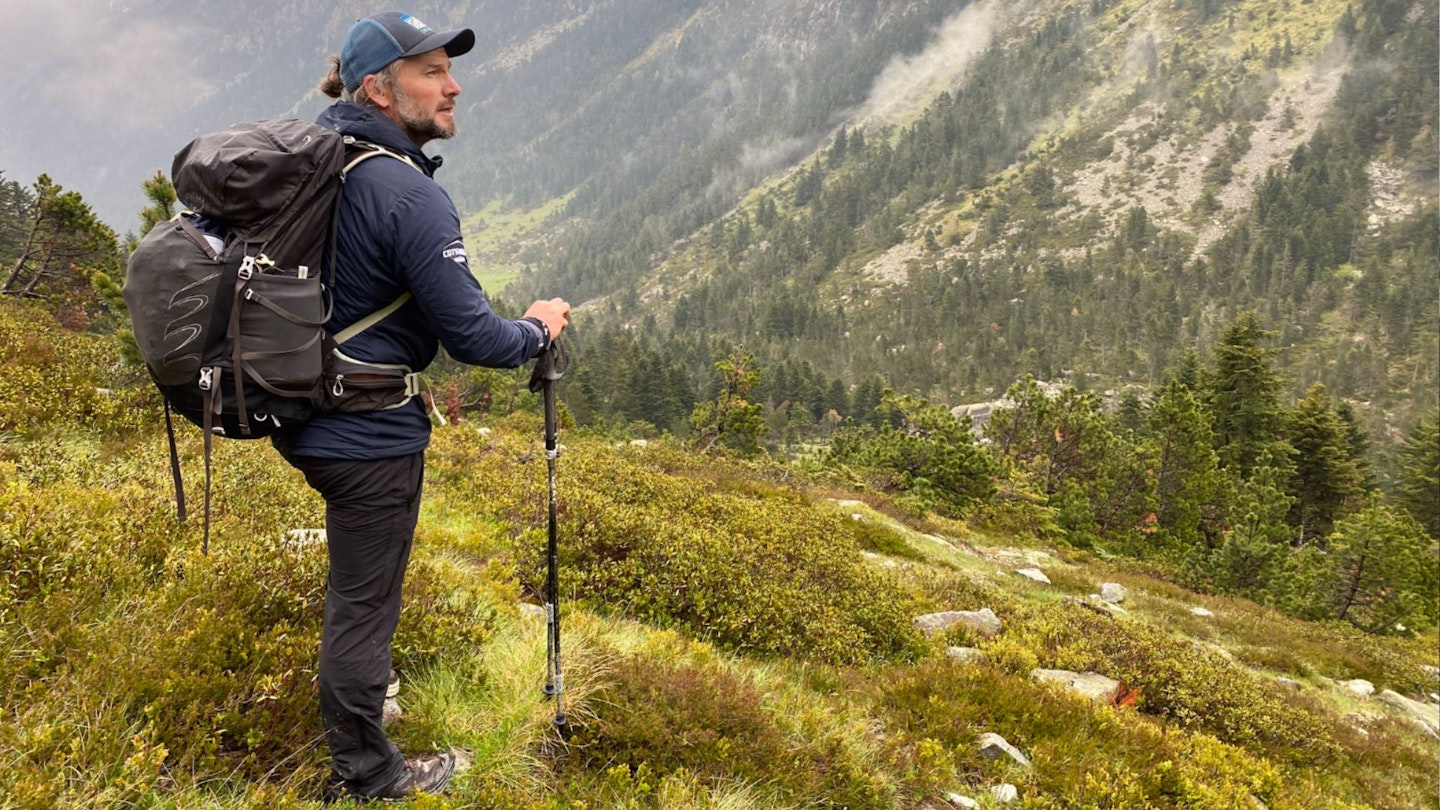"There’s no denying that the more prepared you are for the mountains, the more enjoyment you’re going to have,” says endurance athlete Jamie Ramsay. “This involves how well you’ve trained and how much time you’ve invested in having the right kit.”
When someone like Jamie dishes out advice on outdoor gear, it’s worth listening to. He’s a hiker, runner, cyclist, ski tourer, paddleboarder, and mountaineer who’s completed over 52,000km of human-powered adventures in 31 countries around the world. So, it’s safe to say he knows a thing or two about matching the right kit to the right trip.
“When I’m getting ready for adventures, I like to make sure that I’ve covered off the essentials,” says Jamie, who’s also a Cotswold Outdoor ambassador. Whether you’re planning to spend a single day walking in Britain’s mountains or multiple days hiking a long-distance trail, your kit list is likely to be extensive and will require plenty of planning.
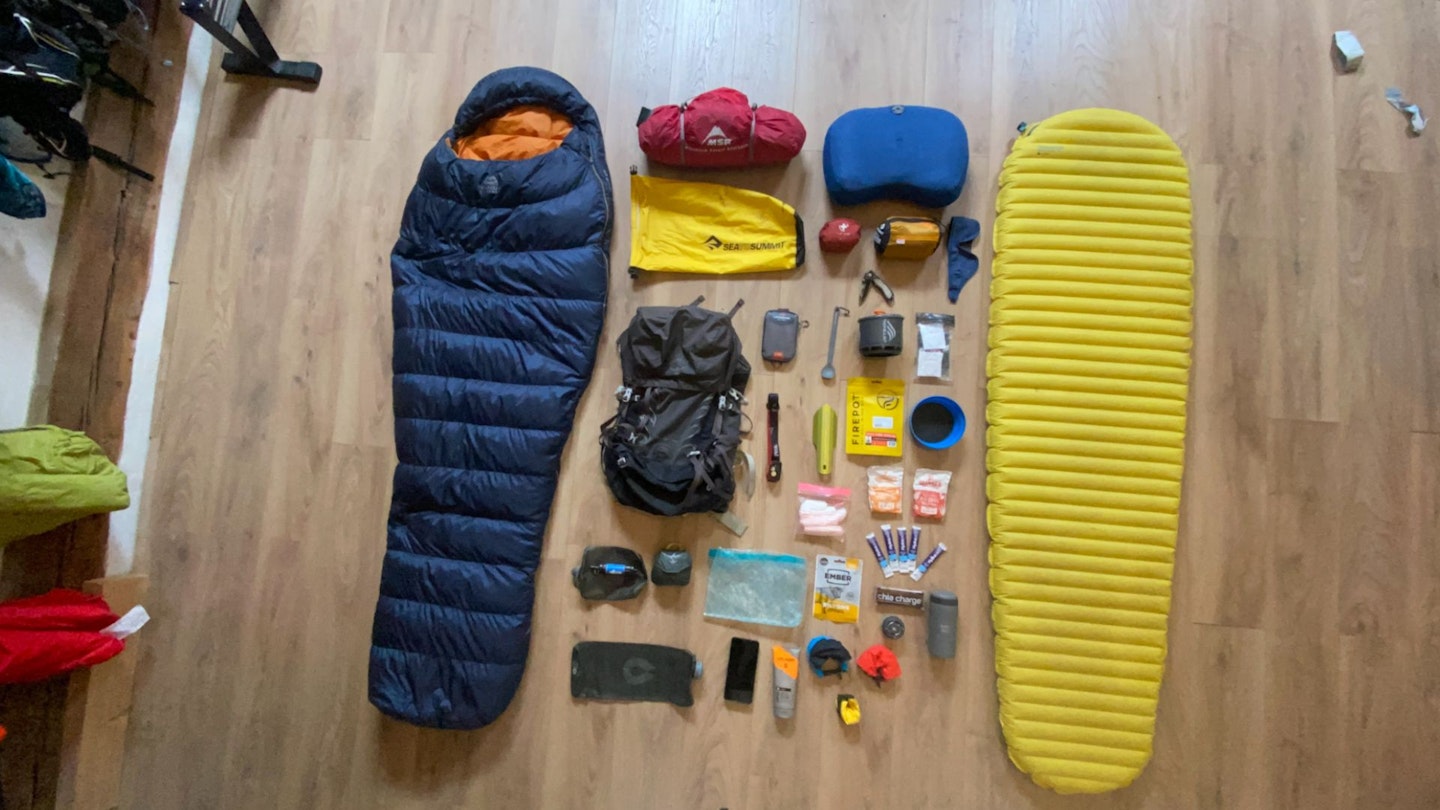
And although most people who hike regularly will have a good idea of what a proper rucksack full of gear looks like, there are many more out there who don’t. In a recent poll commissioned by Cotswold Outdoor, only 68% of people thought they currently had the appropriate kit for walking and hiking. And interestingly, almost half of those surveyed agreed with the statement that if you “buy cheap, you buy twice”.
So we’ve decided to do something about it by teaming up with Cotswold Outdoor and Jamie to pick out five crucial bits of kit that no hiker should leave home without. Scroll down for advice on how to find the best footwear, waterproof jacket, backpack, and insulating layers for your next adventure.
1. Footwear
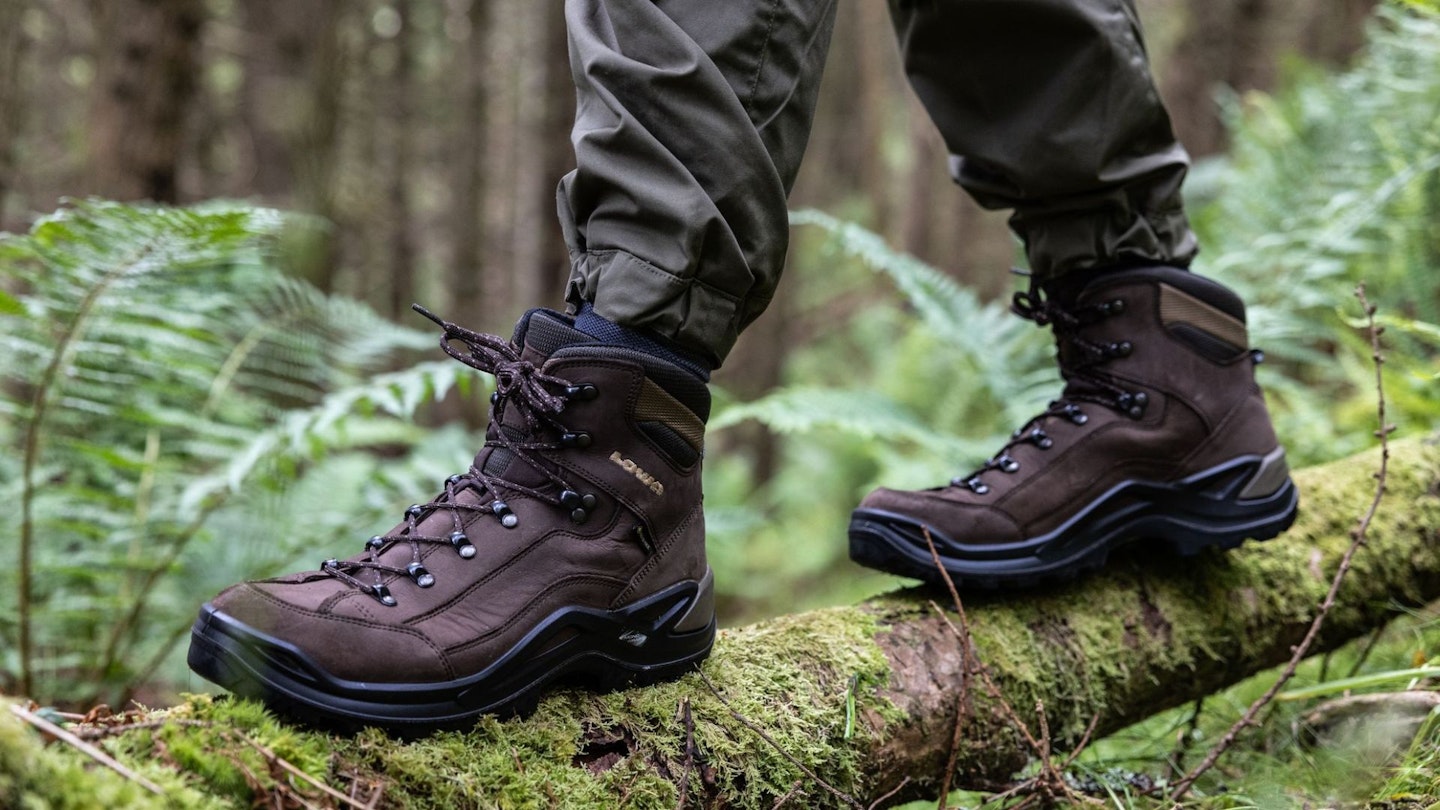
“Footwear can make or break your time on an adventure,” says Jamie. “So make sure you have the right shoes or boots and that they fit correctly. Also, consider if you need crampons or gaiters and make sure you have the right socks.”
If you get it right, your walking boots or trail shoes will become trusted adventure companions for many years. But how do you make sure you walk out of the store with the right footwear?
A free in-store footwear fitting is the answer. Firstly, your in-store specialist from Cotswold Outdoor will ask what types of outdoor activities you love most. This helps them understand what you’re looking for in terms of outdoor footwear. Fast-paced hiking or trail running? You’ll want lightweight, breathable low-cut trail shoes. Bagging snow-covered Munros or Wainwrights? You’ll want robust, supportive boots – perhaps with a stiffened sole so they can be used with crampons. This will ensure you get footwear that is fit for purpose.
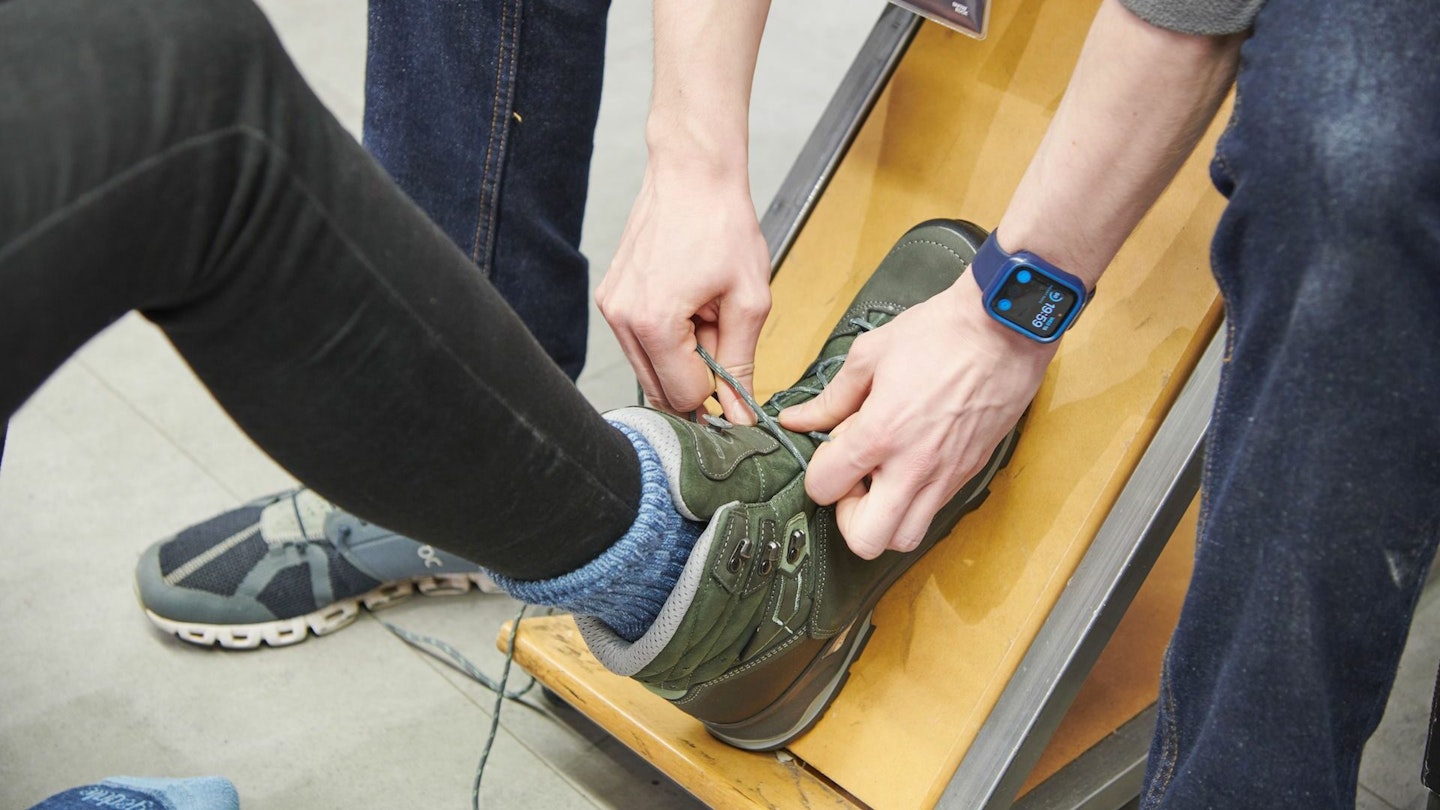
Having identified the most suitable types of footwear, it’s time to narrow down the selection to find the boot or shoe that best fits your feet. The key attributes to consider are comfort, of course, but also sufficient support and good traction underfoot, as well as adequate cushioning and impact protection. When trying boots on, consider how much space there is in the toe box.
You’ll want room for toes to splay on longer walks – though a smaller toe box is preferable for technical precision when scrambling. Boots should also cup your heels without pinching, as this can cause hotspots and blisters. Similarly, boots that are too big allow your feet to slip or slide around, which can cause bruising.
In the worst cases, badly fitting footwear can fatigue the feet and even cause long-term injury. And because all feet are different, the only real solution is to see how different boots and shoes feel. Be prepared to try several pairs on and lean on the in-store experts from Cotswold Outdoor to help guide you to the perfect pair.
Even if you’ve struggled to find comfortable boots in the past, an in-store specialist can help. They’ll know which boot brands tend to suit which different foot shapes, right down to specific product lines. If you have unusually narrow or wide feet, or struggle with bunions, they’ll help you find a shoe that fits. In some cases, the solution might involve pairing your new walking boots or shoes with cushioned walking socks and specialist aftermarket insoles to increase or reduce overall volume.
2. Backpack
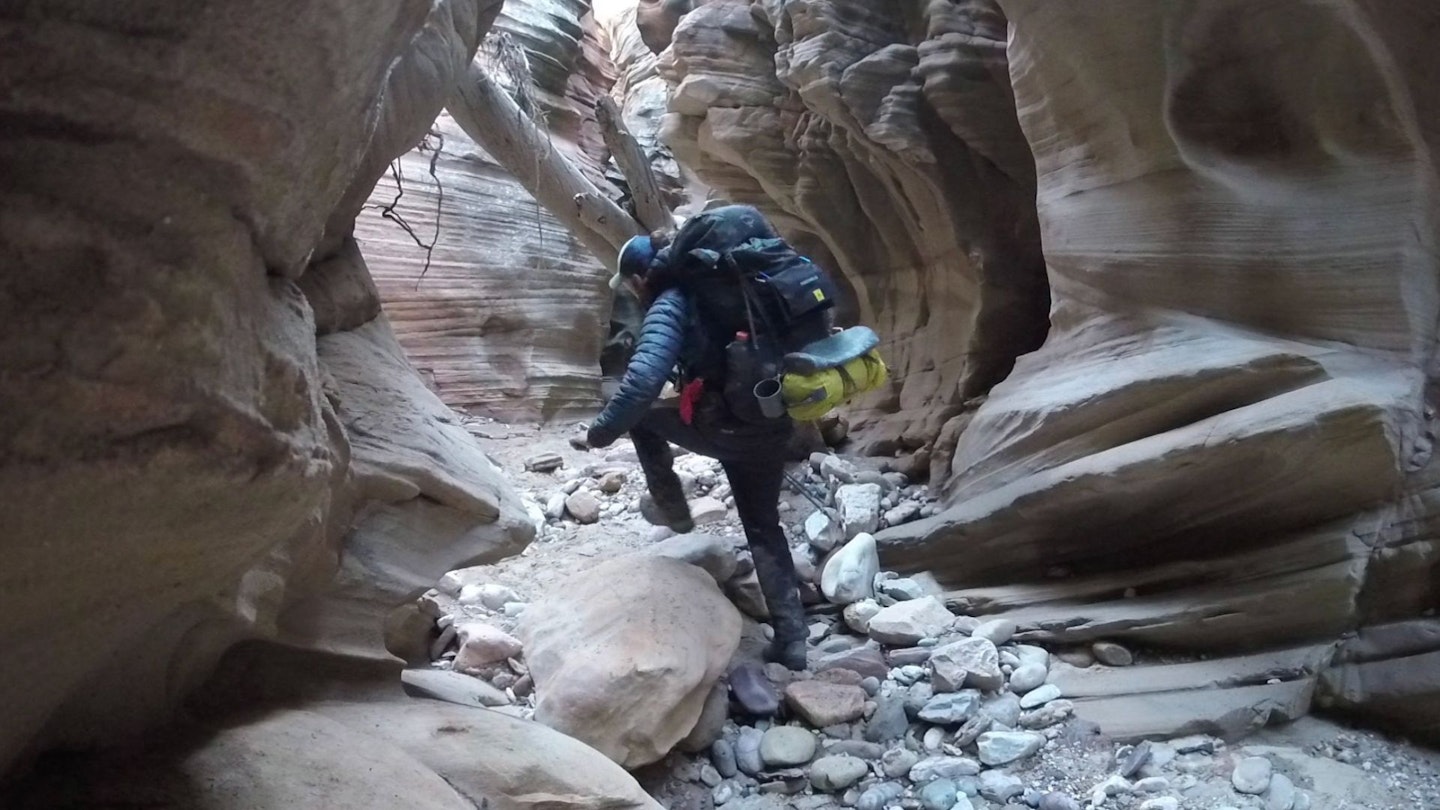
“Your backpack is incredibly important,” says Jamie. "As it carries everything you need and is on your back all the time. Make sure it fits, has all the space you need, and is packed methodically.”
Invariably, your rucksack goes almost everywhere with you in the great outdoors. So, making sure it’s fitted properly is essential to evenly distribute the weight of your load and reduce the strain on your back, hips, and shoulders.
Just like footwear, it’s important to choose the right pack for your adventures. The most appropriate size, weight, and feature set will all depend on your activity. For example, a lightweight day pack up to around 30 litres is ideal for shorter hikes into the hills, while a 65-litre rucksack is best suited to multi-day trips.
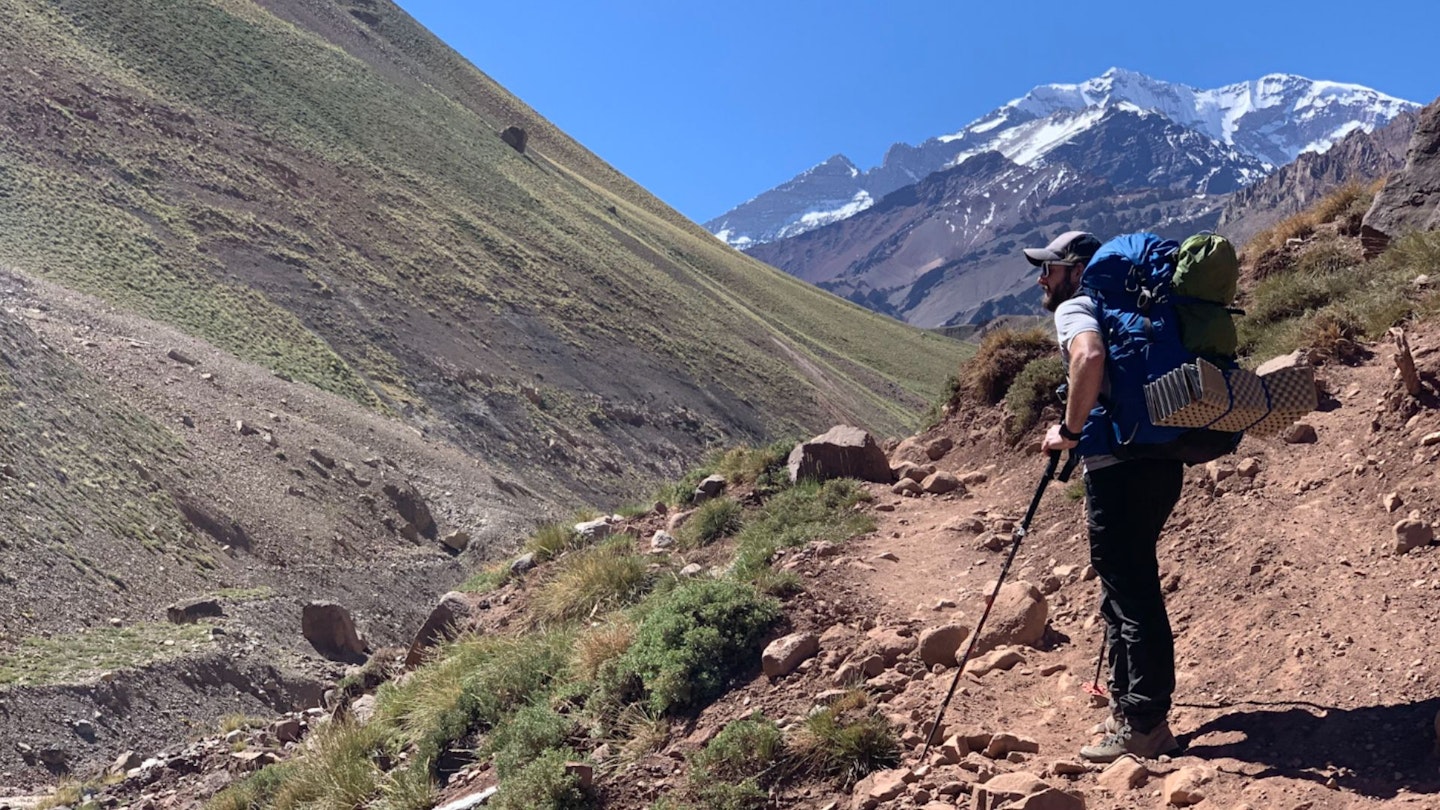
Many modern backpacks also feature ergonomically designed harnesses and back systems to suit different body shapes and torso lengths. Cotswold Outdoor also carry specialist alpine or climbing packs for more technical mountain missions, as well as duffels or kit bags for traveling and expeditions.
Again, in-store specialists will help you select the right pack for your needs. And before you leave the store, they’ll adjust the shoulder straps, hipbelt, load lifters, and back system so the pack not only fits correctly but also keeps your load well-balanced and stable, ready to take on the trail.
Book your specialist Cotswold Outdoor rucksack fitting session HERE.
3. Waterproofs
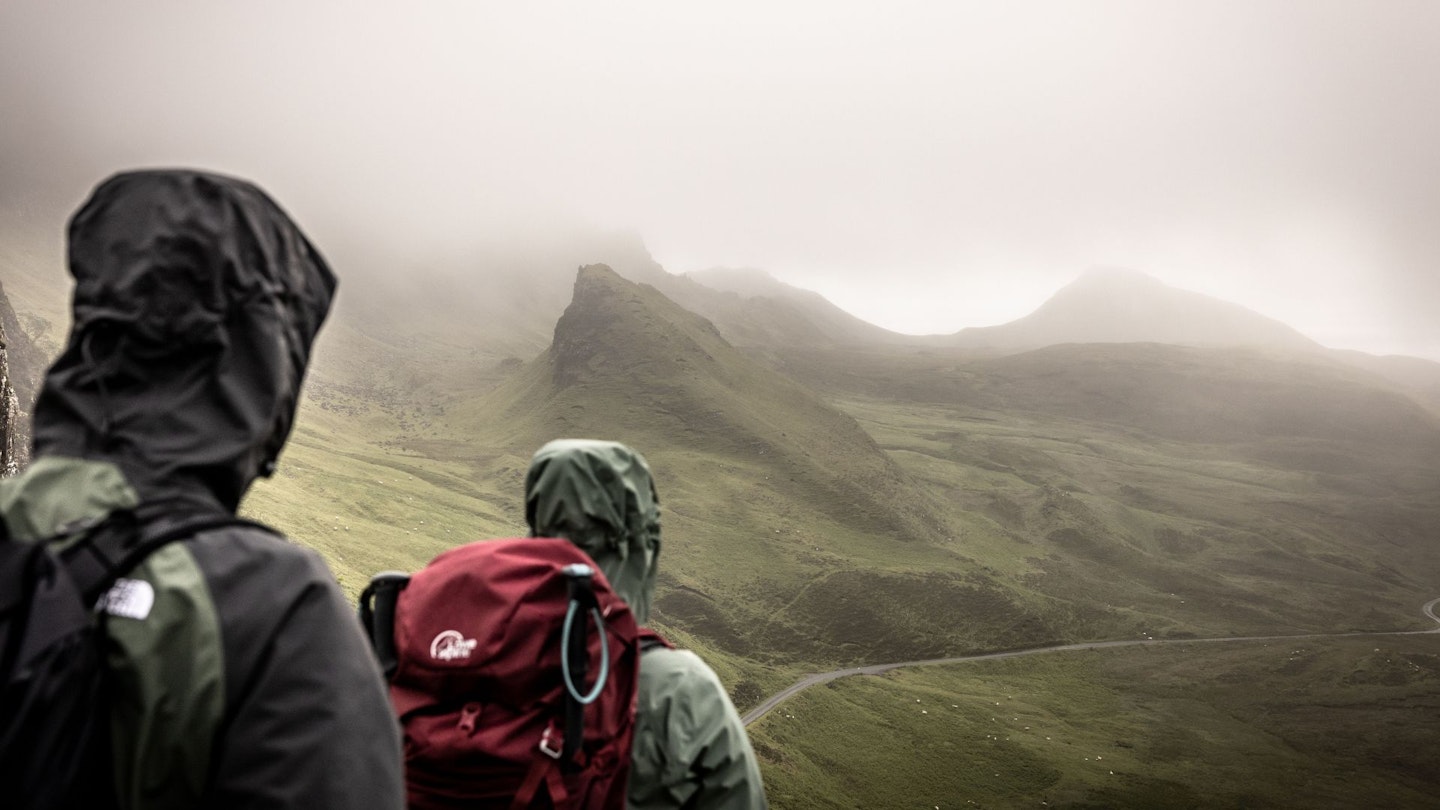
“I always prioritise safety,” says Jamie. “And if I’m going to be in the mountains or remote places, I carry waterproofs on every adventure and make sure they’re good quality and fit comfortably over my hiking clothes.”
Your waterproof jacket is your first line of defence against the elements, and when walking in the mountains those elements can often be changeable and brutal. As a result, it’s probably the most essential hiking product you’ll buy alongside your footwear.
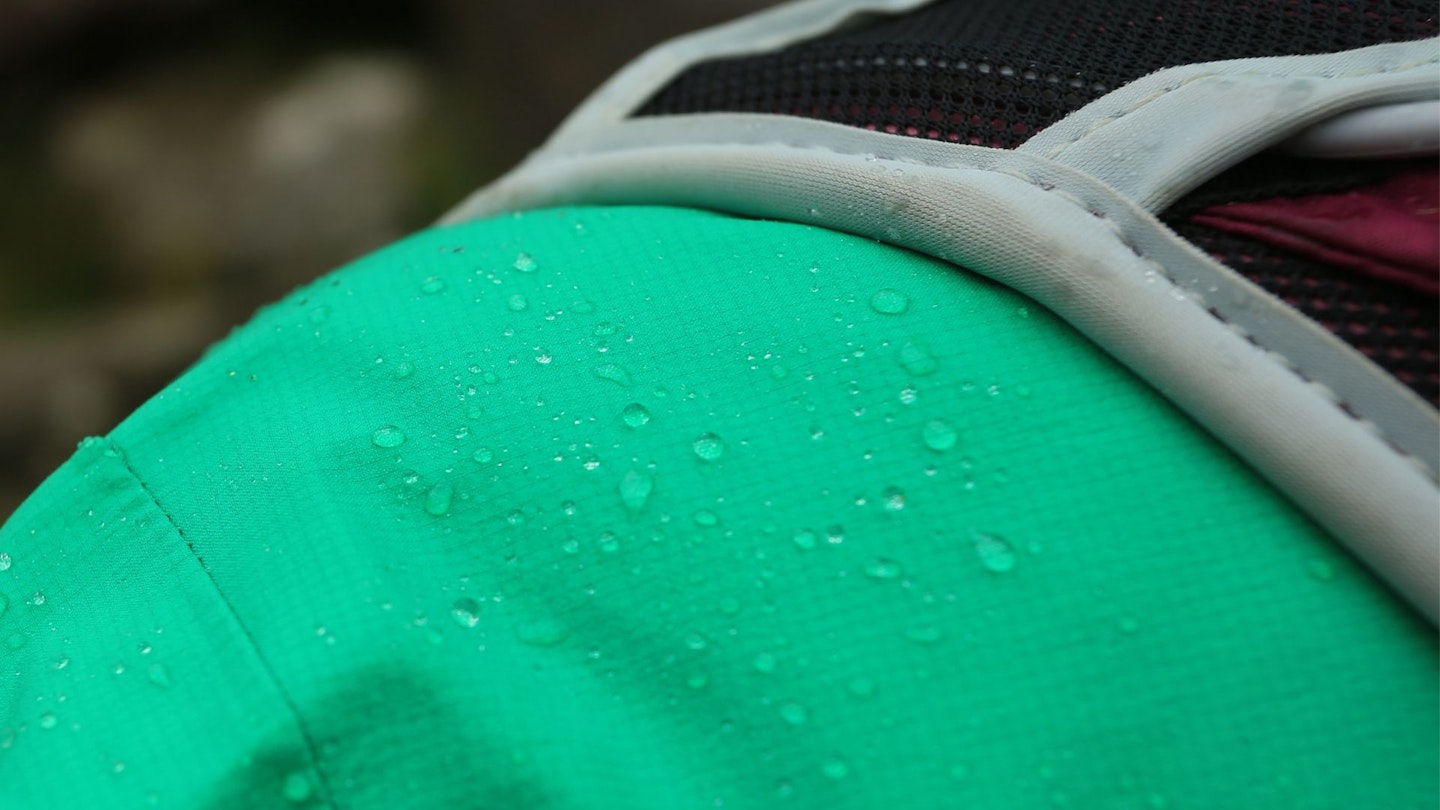
There are so many waterproof jacket options out there for hikers that it can be quite bewildering to know where to start – with products ranging by seasonality, weight, fit, features, price, and many more technical factors like ventilation and fabric choice. This is where Cotswold Outdoor can really help you out. For a start, they stock a huge range of waterproofs from some of the world’s biggest hiking brands.
Click here to view their current range or set up a chat with an in-store specialist who can help you build your own bespoke kit list.
4. Insulated jacket
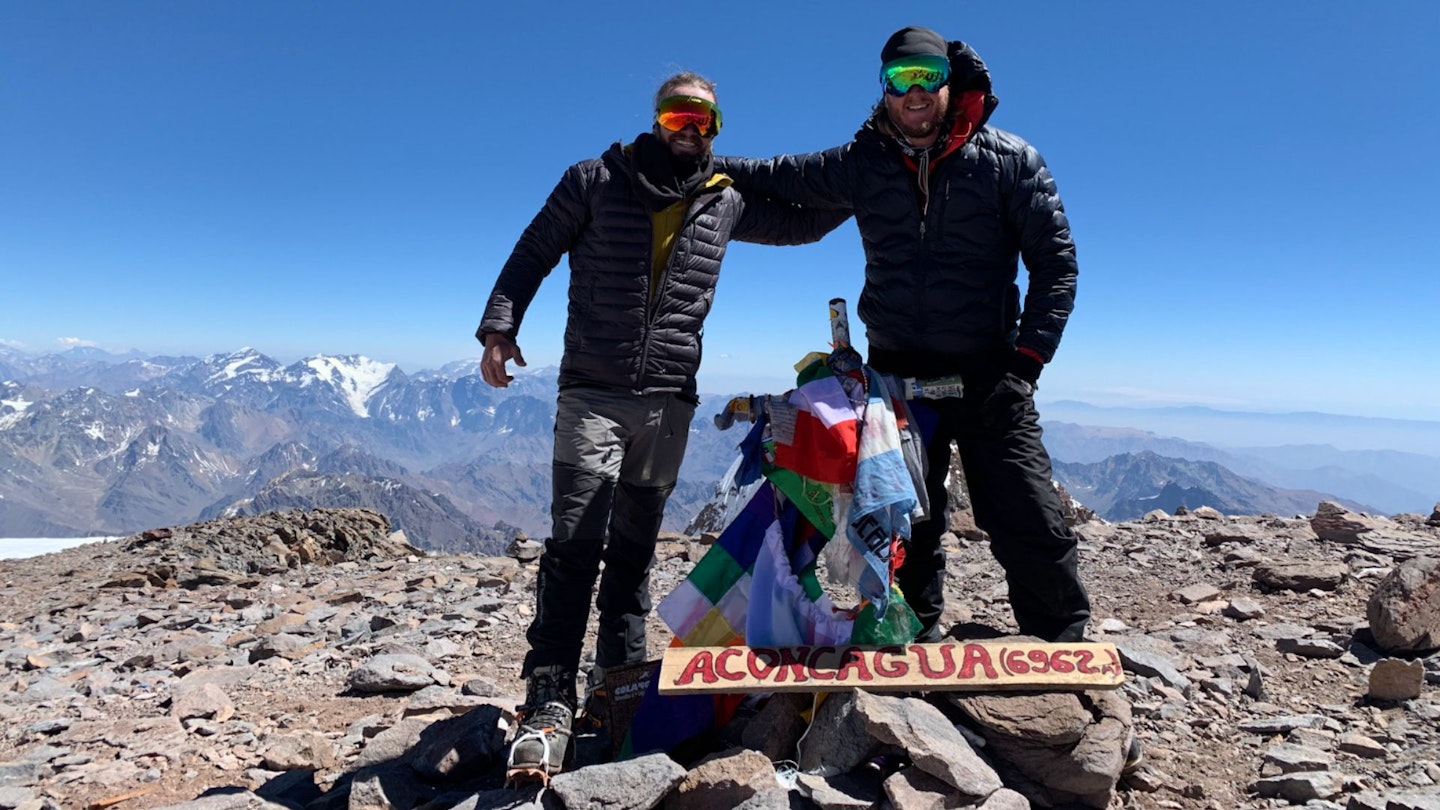
Insulation is vital for helping your body retain warmth on hiking trips – and not just in the colder months of the year. If you’re heading for high mountains or planning a night outdoors, you’ll need at least one quality insulated jacket in your pack to keep you warm and safe.
The main choice you’ll be faced with is down vs synthetic. There’s a lot to write about on this topic, but the main takeaways are that down jackets in general tend to be warmer and lighter than synthetic alternatives. But don’t forget, they’re often more expensive and tend to lose their insulating qualities when wet as the feathers clump together.
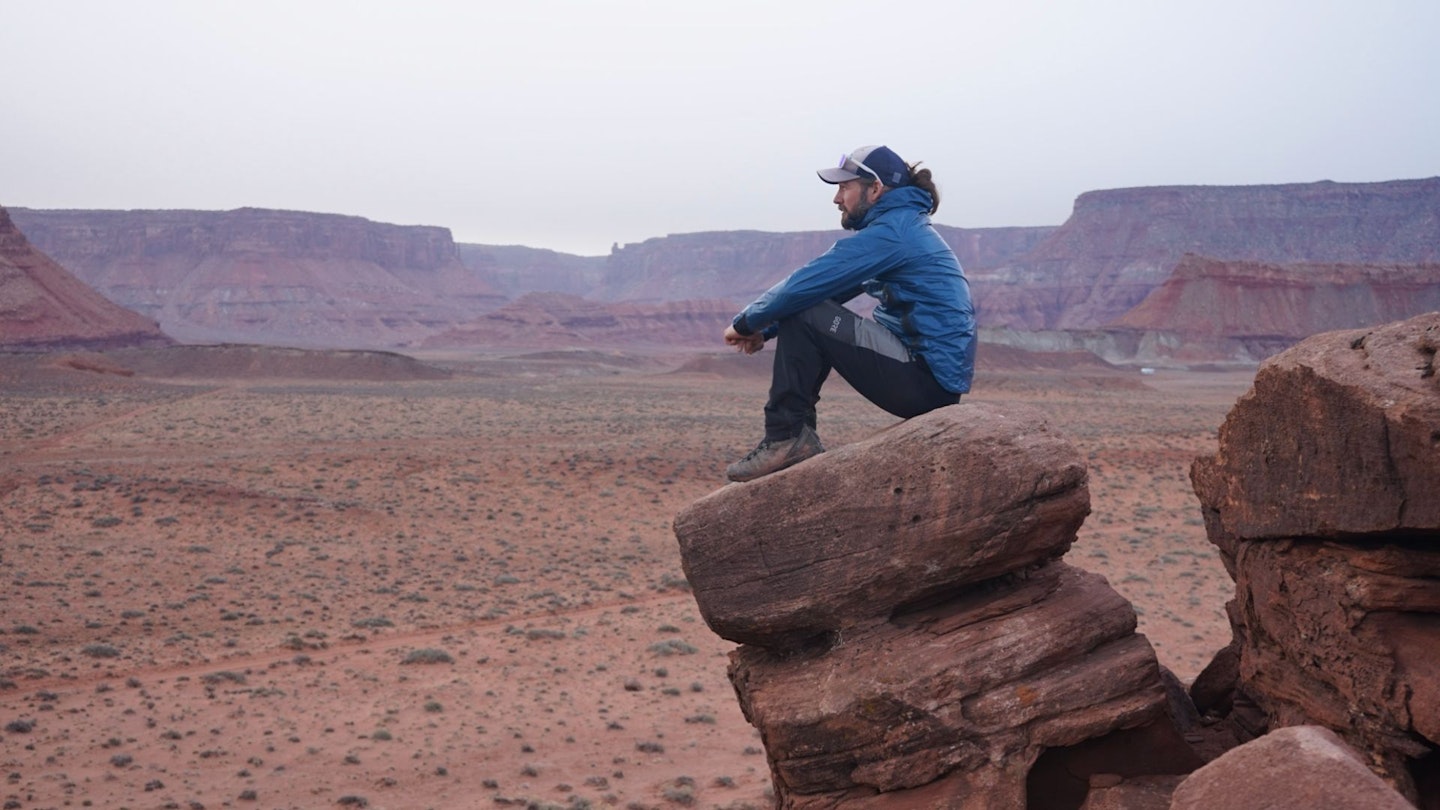
Whereas synthetic insulated jackets are often slightly cheaper and although usually on the face of it don’t offer the same level of performance as down, their man-made polyester fabrics are moisture-resistant and so retain their insulating properties even when wet. So, if you plan to use your jacket in damp conditions, or for fast-paced activities that may result in perspiration, synthetic may be the way to go.
Unfortunately, though, the choices don’t stop there. There are all sorts of other factors to consider when picking your insulated jacket, such as baffle shape, fill power, hood or no hood, and the huge multitude of styles on offer that vary by season and activity.
The best thing to do if you’re confused by all the jargon is to book an Adventure Kit List appointment at Cotswold Outdoor, head to your local store, and speak to a specialist.
5. Mid-layer
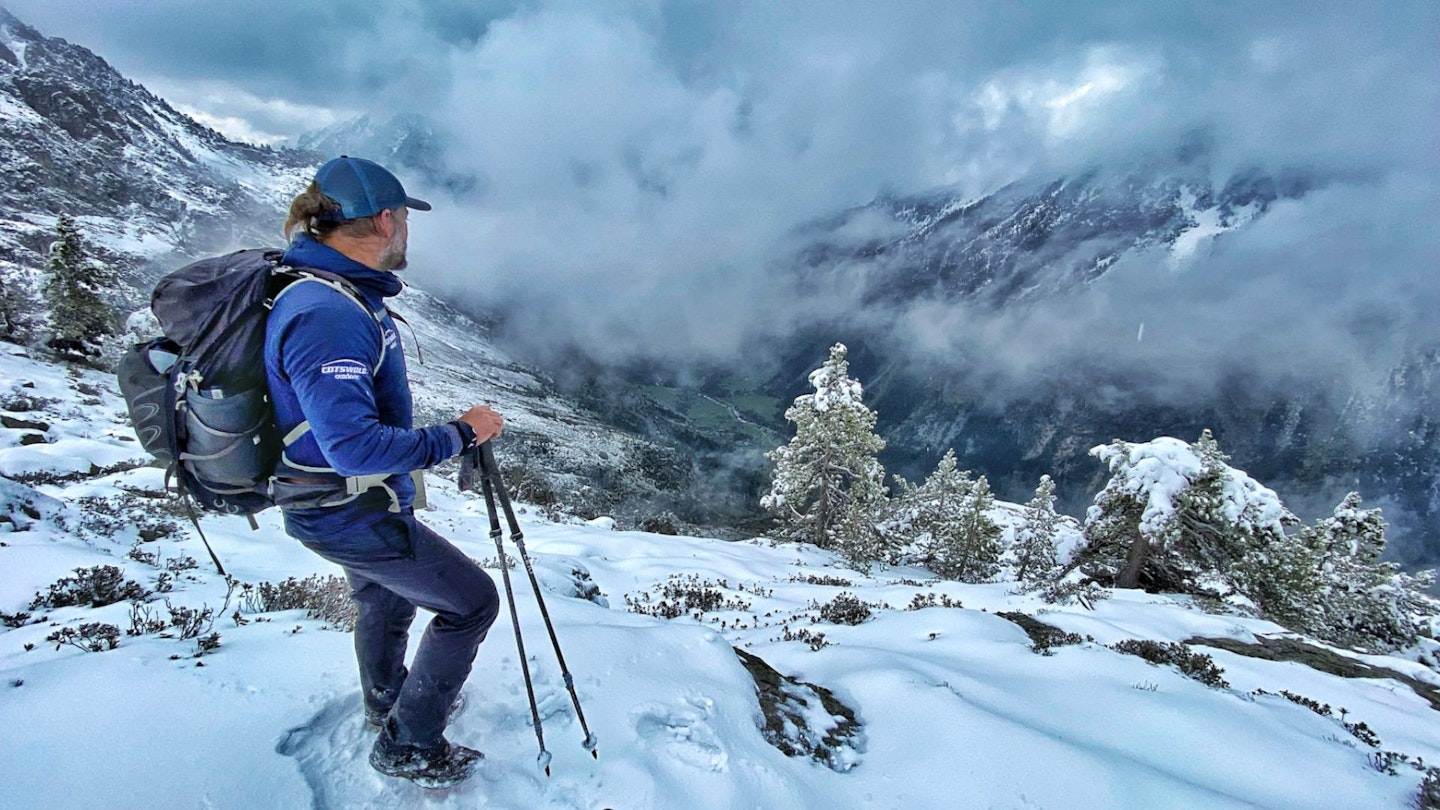
What exactly is a mid-layer? Put simply it’s the item of clothing that acts as an extra layer of insulation between your base layer (often a t-shirt) and your waterproof jacket.
But that doesn’t mean you have to be limited to one – many people hike in a couple of mid-layers to keep the chill away when they’re out in the colder months of the year.
A mid-layer is also probably the piece of outdoor clothing that serves the most purposes. Mostly because it often ends up being your outer weather-facing layer, particularly if you’re walking on a warm day and it isn’t chucking down with rain.

As a result, your mid-layer may need to perform multiple functions. Some attempt to do everything, while others focus more directly on a particular purpose – so picking the one you need can come down to several factors.
Generally mid-layers fall into one of three product categories – soft shells, fleeces, or insulated jackets – so to find out which you need (it may well be all of them!) speak to a Cotswold Outdoor specialist to help pick the right product for you.
Book your FREE in-store advice or fitting appointment at Cotswold Outdoor today: CLICK HERE
